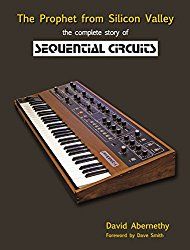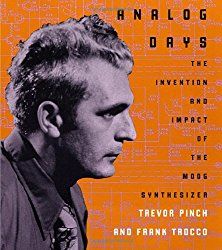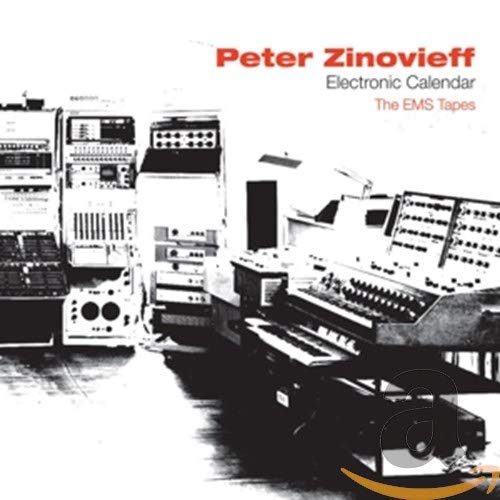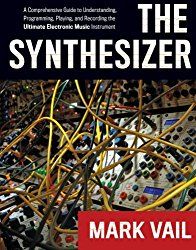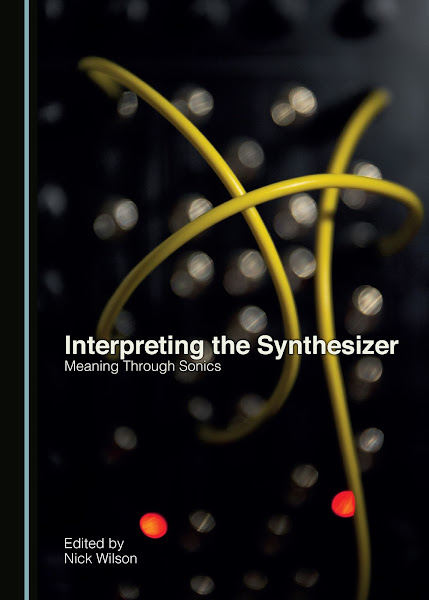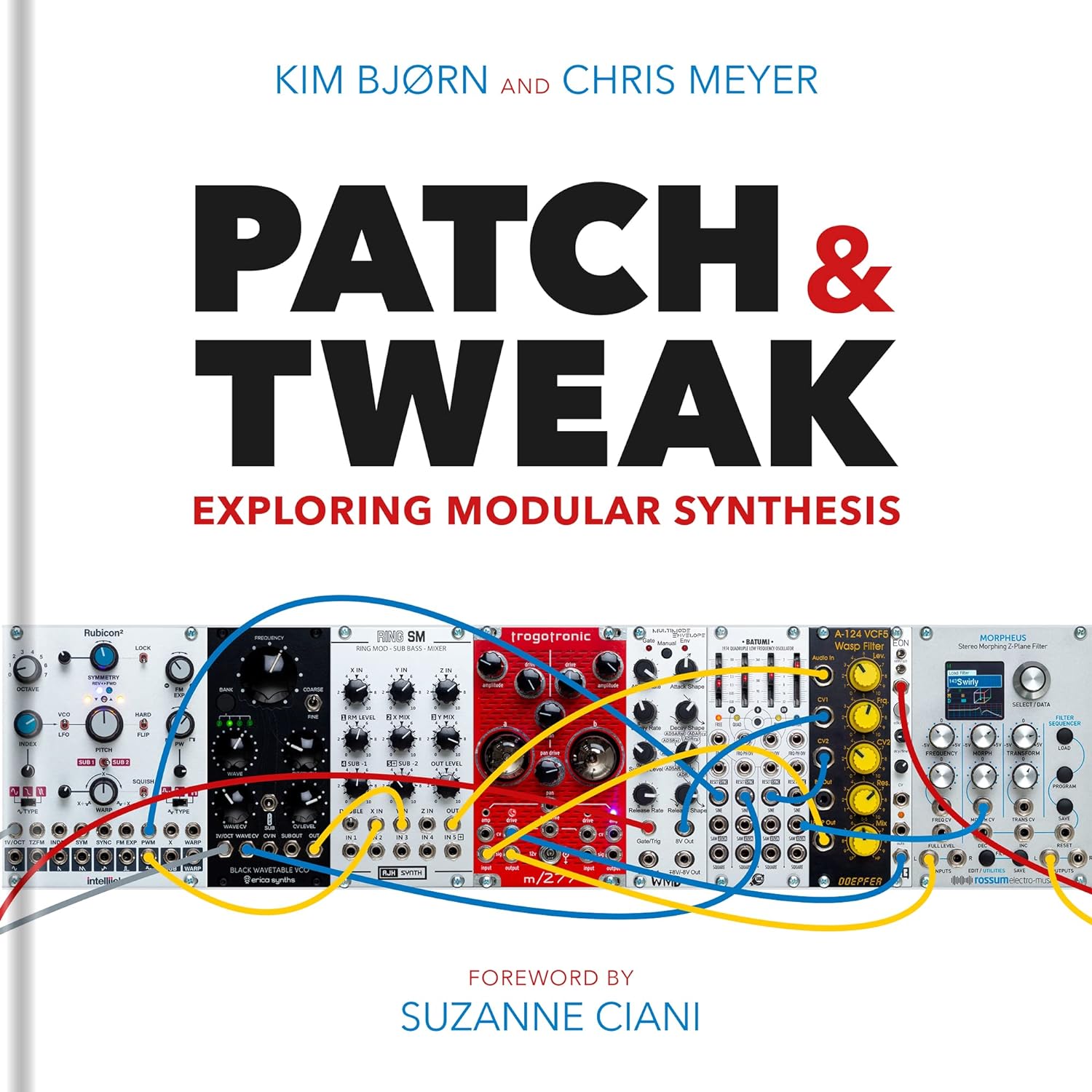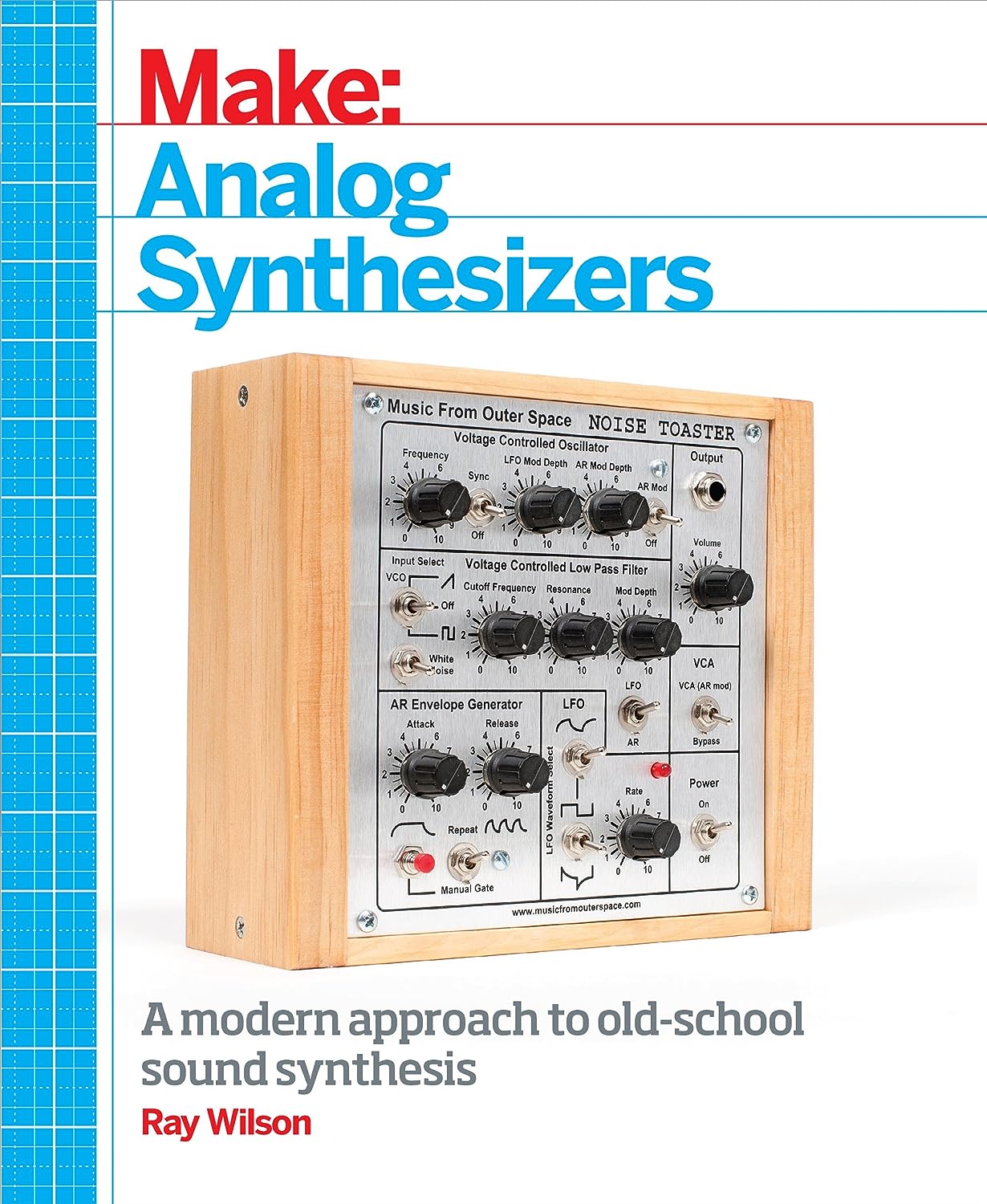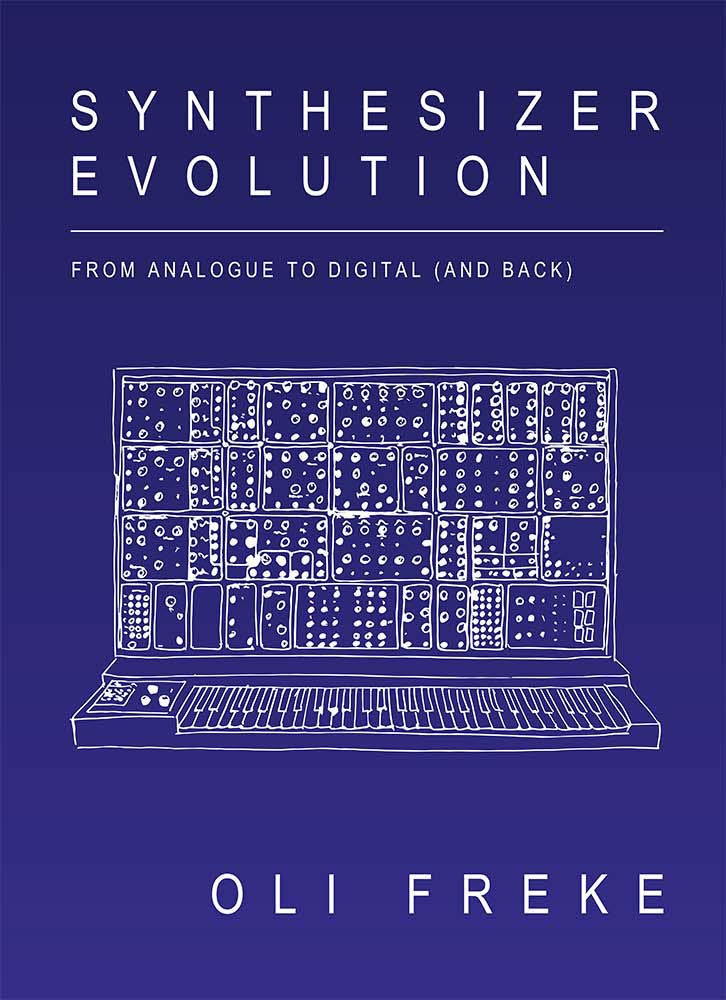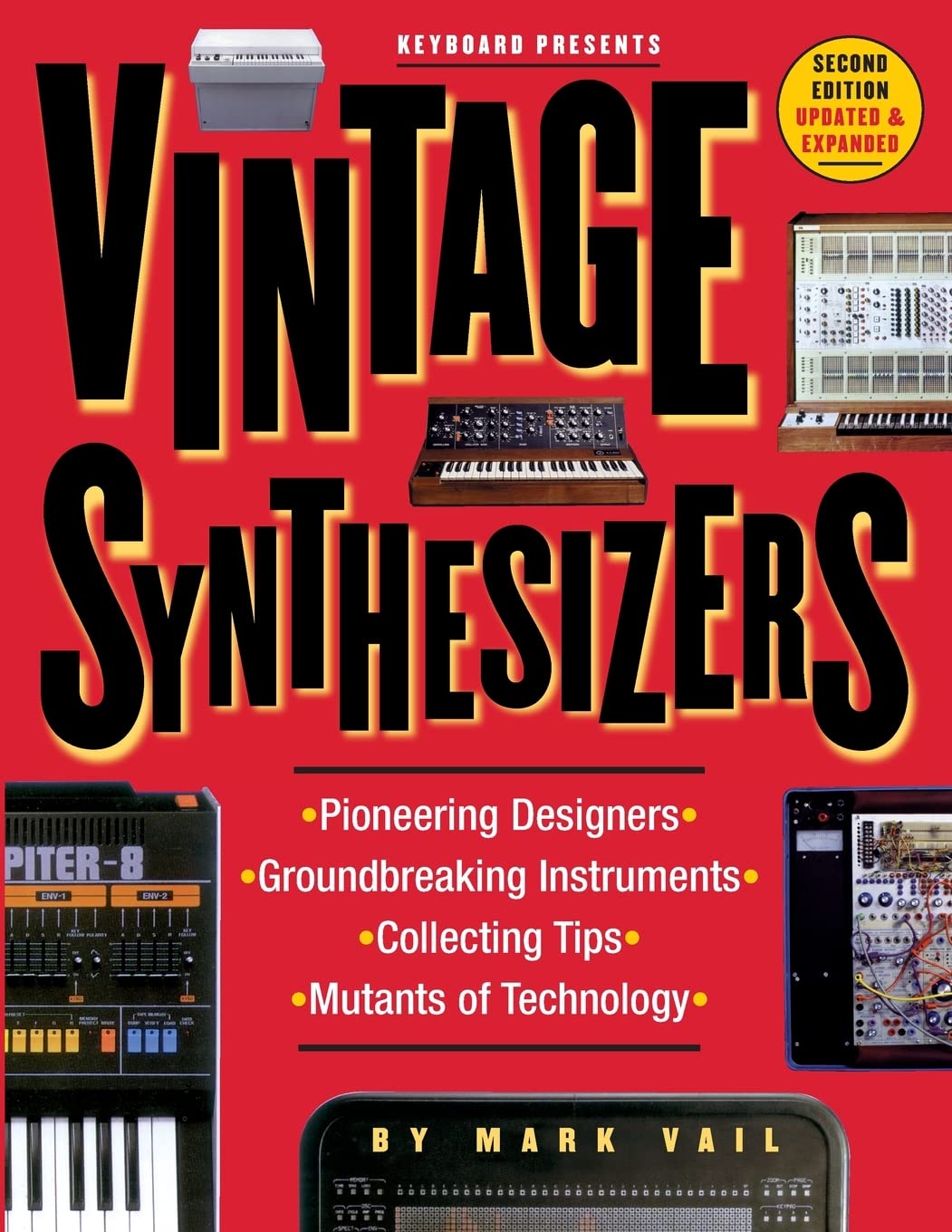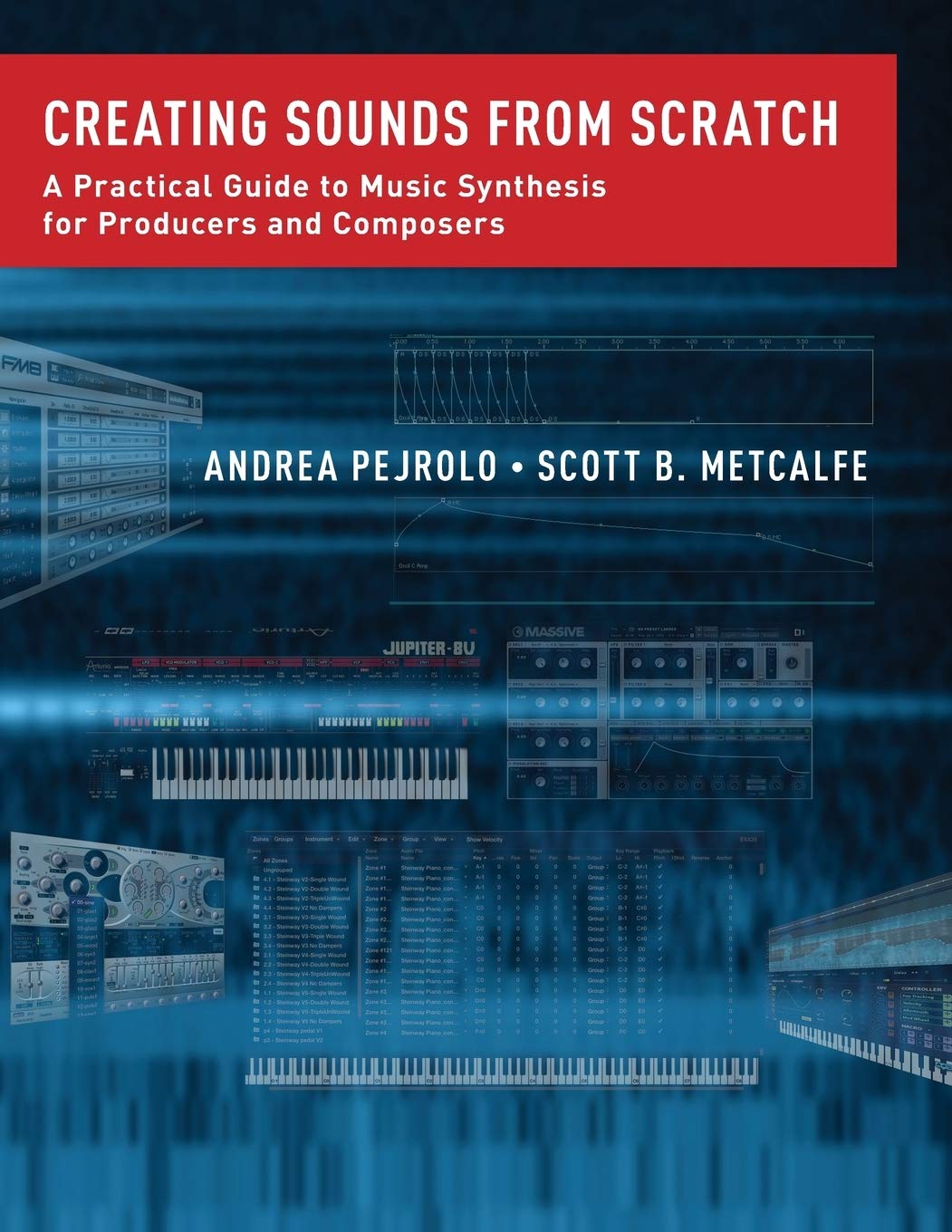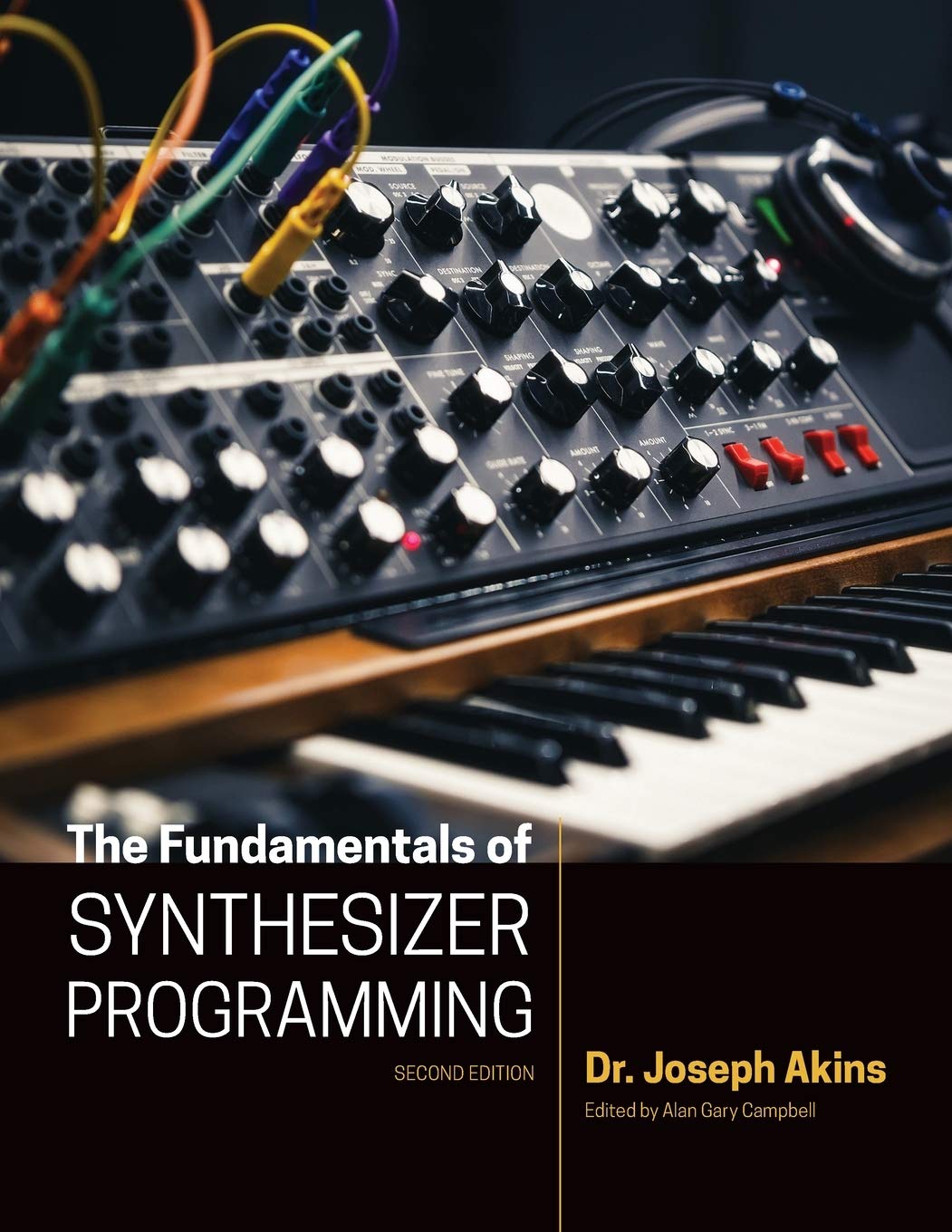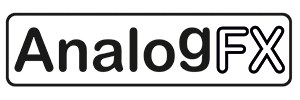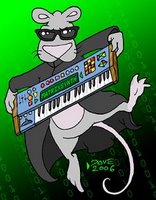video upload by Akihiko Matsumoto



"Roland JP-8000/8080 | A Convergence of Sonic History and Future Innovation
Greetings, fellow sonic architects.
In the relentless pursuit of unparalleled sound, we often find ourselves drawn to the very essence of what makes a waveform resonate with unique character. It is within this spirit of exploration that we wish to share a recent development, an evolution in the very fabric of digital sound design.
Before we delve deeper into the intricacies, allow us to present the coordinates for this journey:
Explore the evolution: JP-8000 - 8080 (Sample Pack) ver.3.5: https://akihikomatsumoto.sellfy.store...
The Genesis of Texture: Reimagining Digital Warmth
For decades, the digital realm has strived to replicate the organic nuances of analog synthesis. Yet, a select few instruments from a pivotal era achieved a distinct warmth, a "softness" that modern software often struggles to emulate. This unique sonic signature, characterized by a rounded edge in its harmonic contours, defines a particular epoch of electronic music. It is a sound that transcends mere emulation, rooted in the very architecture of its digital modeling.
Consider the foundational elements of electronic music: the driving pulse, the atmospheric expanse, the melodic narrative. Each requires a specific textural quality to truly captivate. Our ongoing research and development in this domain have led to a significant refinement of a collection dedicated to these very principles. This material is meticulously curated for beatmakers operating within the intricate landscapes of Neo Trance, Future Garage, Wave, Hardwave, and Witch House, where the precise articulation of sound is paramount.
An Unveiling: Hyper Arpeggio and Beyond"
Our latest iteration, designated as version 3.5, introduces a novel element that pushes the boundaries of rhythmic and atmospheric integration: the Hyper Arpeggio. These are not merely sequences; they are high-velocity, BPM-agnostic drones, meticulously crafted to emphasize the distinct, almost liquid phrasing inherent to the original sound source. This particular characteristic, a unique "rounded edge" in its articulation, is a direct consequence of the original hardware's design, a feature that remains remarkably difficult to replicate with contemporary synthesis methods. It is a testament to the enduring legacy of instruments like the Roland JP-8000 and JP-8080, progenitors of the legendary Super Saw, whose influence continues to shape the sonic landscape.
















